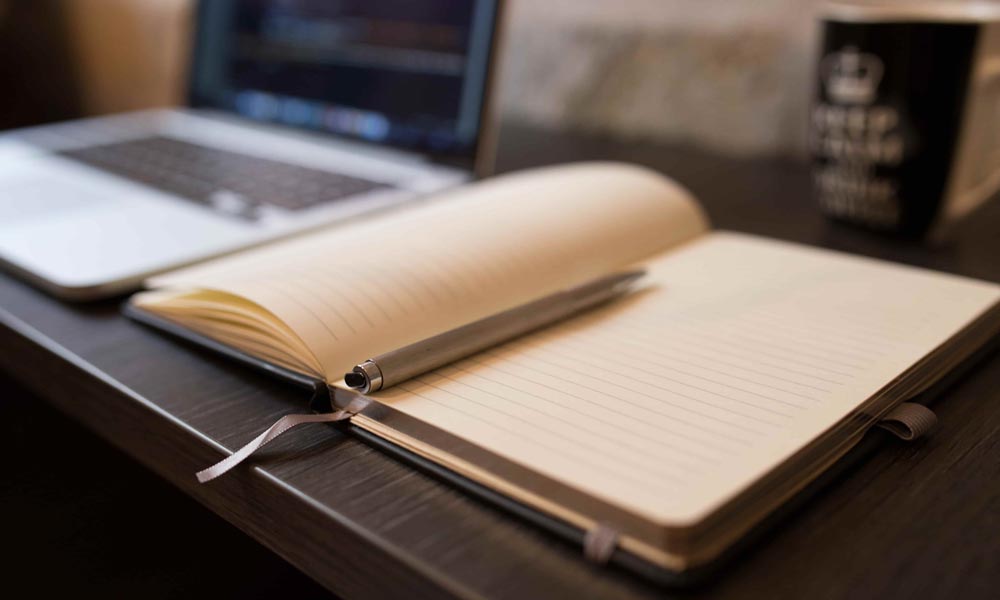Editing
Clarity and consistency from start to finish
Editing is more than checking for typos and grammatical errors. Copy editing addresses explicitly grammar, punctuation, spelling, consistency of facts and adherence to the mechanics of style. I read your document to determine the coherence and intelligibility of the content, to ensure that the layout or outline of the text is structured appropriately and that your sentences and paragraphs flow. This service is called substantive editing. I clarify or reorganize the document for content and structure, keeping in mind the concept and your intentions. This process involves more than the application of rules. The decisions are analysis-based and require judgment. There are several questions to be answered:
- Do all the elements of the document create a coherent whole?
- From the reader’s point of view, does the presentation of information flow logically?
- Is all the necessary information included and unnecessary information deleted?
- Will the table of contents, internal headings, appendices, and references be useful to the reader?
Formatting
Staying true to the correct form
As a Microsoft Word expert, I can format your document or answer your formatting questions. I am proficient in the following style manuals: APA, Chicago, MLA, and AMA.
If your school or university has a style manual especially for dissertations and/or theses, do not hesitate to send me a copy to use with your project. Having another pair of eyes objectively read through and edit your document can potentially save you embarrassment, time, and possible additional tuition.
Academic editing:
Ph.D. dissertations
Master’s theses
Journal articles
Graduate and undergraduate essays
Book editing:
Fiction and non-fiction authors – self-published or traditional
Business editing:
Small businesses, non-profits, and corporations
Editing for English as a second language writers

Research
Systematic inquiry or investigation
Locate and annotate journal articles
Develop questions for interviews with the writer
Conduct and record interviews
Discover facts, theories, and applications regarding the designated subject matter
Locate tables, charts, and figures
